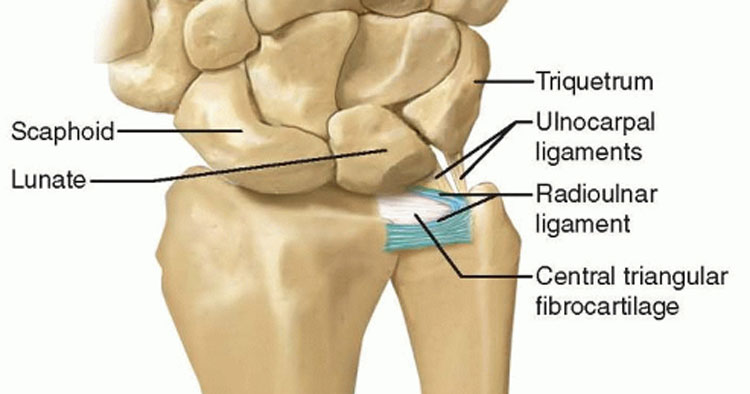Back and Joint Pain
Treatment Options For TFCC Tears
Non-Surgical Treatment For TFCC Tears
Any treatment considered for helping manage symptoms of TFCC tears depends on both the stage and severity of injury as traumatic tears and degenerative tears are frequently managed differently. Assessment from an orthopaedic surgeon regarding the appropriateness of surgical intervention is useful, as many traumatic tears can be repaired, where as degenerative tears are often managed more conservatively and surgery is very much the last option.
With conservative, non-surgical management of triangular fibrocartilage complex tears, typically the initial step is to cease doing any activities that contribute to the wrist pain in an attempt to allow healing. The prescription of a splint, or cast to prevent the wrist from moving in ways further stressing the injury coupled with physiotherapy treatment is common practice.
Non-Surgical Treatment Options Include:
- Any rehabilitation program will consist in part, of relative rest from aggravating activities.
- The potential use of splinting, or cast immobilization.
- The application of ice and/or use of anti-inflammatory medication may be prescribed in acute injuries or acute flare ups of chronic symptoms.
- Physiotherapy, such as progressive exercise therapy, mainly focused at rebuilding strength and if necessary mobility will be coupled with the above activity modification, splinting and more passive therapeutic approaches.
If given time, conservative approaches don’t provide suitable relief, surgery may again be considered.
Surgical Treatment For Triangular Fibrocartilage Complex Tears
The TFCC has variable blood supply, the central portion of the disc is considered avascular (meaning it has a lack of direct blood supply) the peripheral portion however, is vascularized. Avascular areas typically have a poor ability to heal themselves, which is one of the reasons with acute TFCC tears that they often do better with surgical intervention repairing the tear.
Surgical management of TFCC tears is often an arthroscopic procedure, where the surgeon will aim to repair the damaged part of the TFCC. Following surgery, frequently a cast or splint will be prescribed, followed with physiotherapy to help assist regaining the previous level of wrist strength and function. Surgical procedures vary, some tears will be considered suitable to be debrided (more of a clean up of the torn edges and damaged tissue) others may be appropriate to be directly repaired. Tears considered to be associated with ulnar impaction, a “long ulna” putting pressure on the TFCC, can be surgically treated by reducing the ulna to an appropriate length to help off load the area. Obviously appropriateness for surgery and any specific surgical procedures, will be dictated by the orthopaedic surgeons view regarding which treatment approach is most suitable, taking into account individual circumstances.
Disclaimer: Sydney Physio Clinic does not endorse any treatments, procedures, products mentioned. This information is provided as an educational service and is not intended to serve as medical advice. Anyone seeking specific orthopaedic advice or assistance on Treatment Options For TFCC Tears should consult his or her general practitioner, sports medicine specialist, orthopaedic surgeon or physiotherapist.


